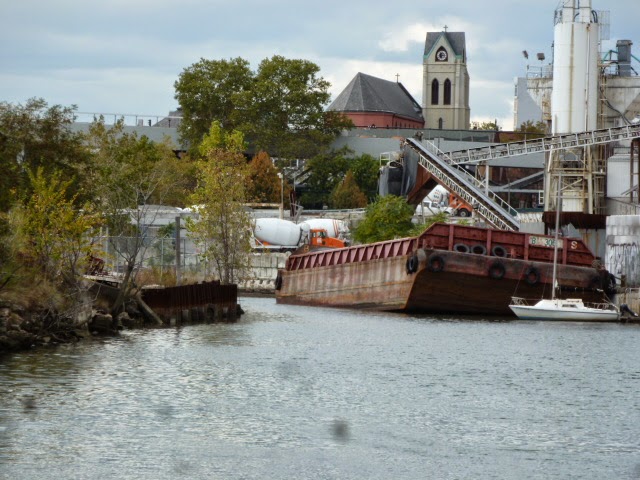It seems that every other bike, part or accessory
advertised on eBay or Criagslist is “vintage” or “rare”.
What, exactly, is “vintage”? Is it the same as “antique”?
According to the wine industry, “vintage” is the
wine-making season or the gathering of grapes for the purpose. So, every year in which wine is made has a
vintage. Years with great wines have
great vintages; from that, “vintage” took on the connotation of a wine for the
ages.
How does a bicycle, part or accessory fit any of
those definitions? I guess any model
year could be considered a bike “vintage”.
From that, I suppose a particularly good year for a bike model might be
called “vintage”.
So, one of last year’s models might be considered
“vintage”. But an unexceptional bike
from long ago wouldn’t get that appellation.
What about “rare”?
It sometimes seems that anything that hasn’t been made in a while is
called “rare”—even a Schwinn Varsity, Peugeot U-08 or PX-10, Raleigh Grand
Prix, Motobecane Mirage or Fuji S-10S (or it successor, the S-12S). Each of those is a fine bike, in its own
way. If you want one, it won’t take you
long to find it: Millions of each were
made, and many are still around. In
fact, it would take just a bit of patience to come across one in excellent
condition: During the ‘70’s Bike Boom,
many people bought bikes because it was the thing to do, rode once or twice and
decided cycling wasn’t for them, and kept their bike in a basement or garage.
That is not to say that you shouldn’t buy one of
those bikes. The PX-10, in particular,
is worth getting or keeping, whether you want to preserve or restore it or
re-purpose it as, say, a light-load touring bike. (Check out what the late Sheldon Brown did
with his.) Each of the other bikes I’ve
mentioned will serve some purpose: The
Varsity is a tank; the Mirage and S-10S give stable but nimble rides and the
Raleighs are, well, Raleighs.
If you want one of those bikes, or any like them,
look around and don’t buy the first one you see. Also, think about how much you can (or want
to) spend. If something is described as
“rare” and you’ve seen one like it somewhere else (or it was made within the
past few decades or by a manufacturer that’s still making bikes)—or if it’s
called “vintage”—the price is inflated. You can probably find something like it
for considerably less money in a thrift store (outside of hip neighborhoods in
large cities), on a bike classified site or publication, or even in a bike shop
that sells used bikes.
Buying from the bike shop may be your best option,
especially if you can’t or don’t want to do repairs. You’ll pay more, initially, than you would in
Goodwill or to someone who’s listing on a bike site, but you’ll probably get a
bike that’s ready to ride.
(Occasionally, a shop will sell something in “as is” condition, but
shops that specialize in, or simply sell a lot of, used bikes will usually fix
it before selling it.) On the other
hand, if you get something “for a song” from a yard sale or flea market, you
may have to spend almost as much as the cost of the bike from the shop to make
it rideable—or even to restore it as a wall hanging. This is especially true if you pay someone
else to do the work for you.
One thing I’ve noticed is that shops that sell
used bikes tend not to deal in hyperbole.
Very often, such shops are owned and operated by mechanics. They tend to be quiet, unassuming people—like
the folks who run or staff most thrift shops and many flea markets. You won’t hear them tossing around words like
“rare” and “vintage”. And you won’t see
those words very often in bike listings from actual cyclists.





























